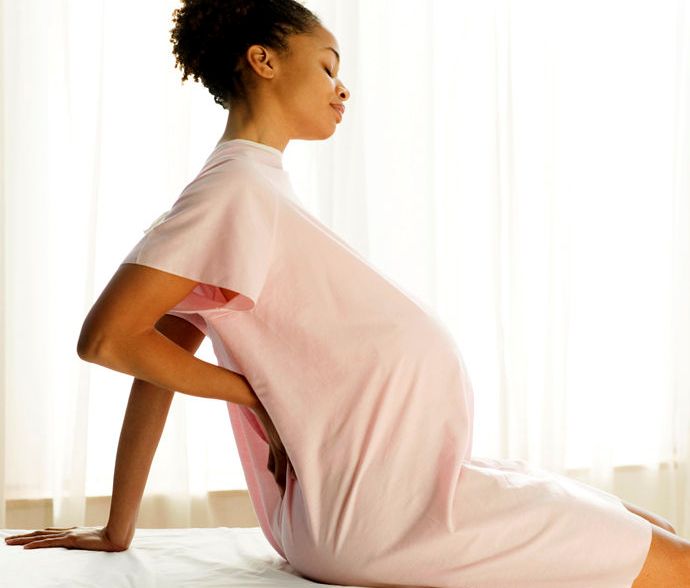Vaginal Birth After Caesarean Section: 7 Major Things To Discuss With Your Doctor

A wide variety of speculations abound on the possibility and risks of delivering a baby vaginally after a caesarean birth. These speculations often make most women think having a repeat caesarean is the only or safer option once they have had a caesarean birth. However, it’s worthy to note that depending on the cause of previous C-section(s), your current pregnancy, among several other factors, 60 to 80 percent of VBACs turn out successful, with about 20 – 40 percent of women who try one requiring an emergency C-section.
If you previously had a caesarean birth and are considering having a vaginal birth for your current or next pregnancy, here are top things you should discuss with your doctor to better assess your risk and make the choice that’s best for you…
1. Vertical or T-shaped C-section scars. A VBAC is usually not recommended for women with these incisions as they create a higher risk of having a uterine rupture – one of most common and widely highlighted causes of failed VBAC whereby the scar on the uterus from previous C-section re-opens during labour. This puts mother and baby at grave risk.
If your previous caesarean incision was a low-transverse uterine incision (horizontal), you may be suitable for a VBAC, and are unlikely to have a uterine rupture as it is said to be extremely rare with only one in 100 women likely to experience it.
Note that the type of scar on your belly may not be the same as the one on your uterus. Discuss this with your doctor.
2. Previous vaginal birth(s). Women who have previously delivered vaginally are also said to be suitable for a VBAC. Studies show that women who had a vaginal birth before a C-section have a 90 percent increased chance of having a successful VBAC than women who have never had a vaginal birth, especially where factors that necessitated the previous C-section are not present during labour.
READ ALSO: 4 Common VBAC Myths Busted
3. Spontaneous labour. VBACs are said to be more likely to succeed with women whose labour starts spontaneously and can progress with labour on their own. Doctors tend to be careful about using a lot of labour-inducing medications on women who have uterine scars as induction may increase the risk of having a uterine rupture.
READ ALSO: 10 Medical Reasons A Pregnant Woman May Have A C-Section
4. Are you having a large baby? VBAC failure is said to be 50 percent higher with women who have very large babies, especially those with small pelvis.
5. Are you below or above 35? A VBAC is thought to be safer if you are between 21 – 34. Women over 35 are said to be 14 percent more likely to have a failed VBAC and 39 percent more likely to have VBAC-related complications. Get your doctor’s assessment.
6. Was your previous C-section necessitated by dystocia? Dystocia entails a very slow, stalled or difficult labour. If this necessitated your previous C-section(s), you may opt for a repeat C-section for your current or next pregnant as there are huge chances you may experience same issues if you try a vaginal birth.
On the other hand, if your C-section was as a result of complications not present during your current pregnancy, such as a breech or very large baby, a VBAC is likely to be successful.
7. Your weight. A VBAC is less likely to be successful if you are overweight/obese or gained a lot more weight than appropriate during your pregnancy. VBAC success is said to be 40 percent lower among women who gained more than 40 pounds during pregnancy compared to those who gained less.
In addition to the factors highlighted, you may try a VBAC if you’ve never had a uterine rupture, any other extensive uterine surgery, such as a myomectomy to remove fibroids, have no obstetric problem such as a placenta previa or large fibroid that could cause vaginal birth complications, and a doctor as well as other medical specialists and equipment are readily available to monitor your labour and carry out an emergency c-section or other emergency intervention if necessary.
Overall, make sure you discuss your concerns and risk factors comprehensively with your doctor in order to appropriately weigh possible risks and benefits in view of your peculiar situation.



Thanks MIM
Thanks for the information.
stay blessed
Thanks for the enlightenment.
thnx mim
Thanks MIM